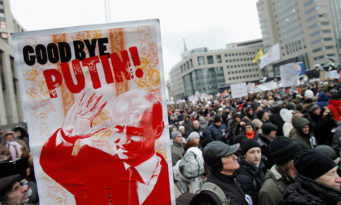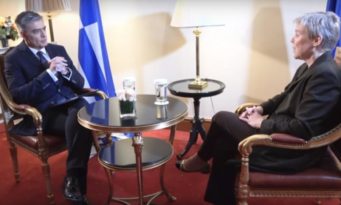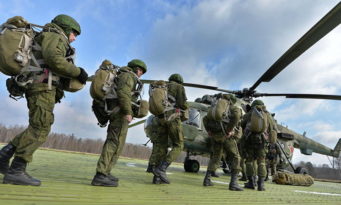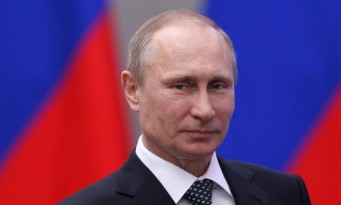Have NATOs efforts all been in vain in Afghanistan?
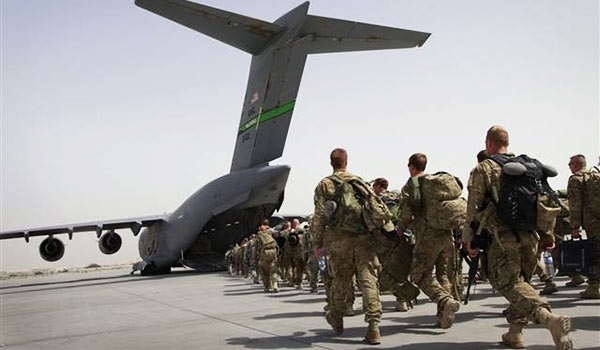
- By defencematters
On paper it looks quite impressive: Forty countries are still contributing troops to NATOs Resolute Support Mission in Afghanistan, but is it what it seems?
By Dr. Jorrit Kamminga
On paper it looks quite impressive: Forty countries are still contributing troops to NATOs Resolute Support Mission in Afghanistan, the training mission that replaced the International Security Assistance Force (ISAF) mission in January this year. But the general trend of reduced international civilian and military commitment to Afghanistan seems irreversible, which is a dangerous prospect.
After 2016, NATO will continue its Enduring Partnership with Afghanistan. There will still be some training and even a military component, but the footprint of the Atlantic Alliance will be much lighter than the current capacity of 13,000 troops. The US will end its participation in the current training mission at the end of 2016 and other NATO countries have also become weary in a war that has already dragged on for fourteen years.
The general public has moved on and the international media have switched attention to the myriad other crises that have sprung up in recent years: Burundi, Iraq, Libya, Mali, Nigeria, South Sudan, Syria, Yemen and others. Faced with the financial crisis, NATO’s troop contributing countries have been forced to cut defence budgets or to partly shift funds to other conflicts. Since the military drawdown process started in 2011, euphemistically called “security transition”, the narrative is clear: The “West” is on its way out of Afghanistan.
This political reality seems to be at odds with the alarming news that is regularly coming out of different regions in Afghanistan. A good example is the current situation in Uruzgan, where among others Slovak, Australian and Dutch troops were based in the past. Heavy fighting is taking place and the “Taliban” groups (for want of a better word to describe the various local groups struggling for influence and power) are on the verge of again taking control over a large part of the province. Ironically, some of this fighting is taking place in exactly the same areas where Dutch troops were involved in the first severe clashes with the Taliban in 2006.
Does that mean our efforts and sacrifices have been in vain? Does it mean the oft-quoted saying “NATO has the watches but the Taliban has the time” has already become true, only a few years after the Provincial Reconstruction Team in Tarin Kowt was dismantled? Will the Afghan National Security Forces in which we have invested so much time and money crumble before our eyes in a similar way as some of the Iraqi troops now faced with the surge of Islamic State?
From a purely military-strategic point of view, the answer seems simple, at least in the short term. We should be very worried about the outcome of the fighting that is currently taking place in provinces such as Baghlan and Kunduz. But the situation gets more complex when one looks at the broader picture of development and political stability in the longer term. There is no crystal ball to see what the future holds for Afghanistan, but NATO and the international community at large has definitely played an important role in structurally developing the country.
In addition to contributing significantly to improvements in (access to) healthcare and education, it has played a substantial role in the relatively peaceful and democratic transition of power last year. In fact, NATO and the broader international community have helped to directly and indirectly transform Afghan society in quite an unrecognisable way.
The Afghan economy is growing fast. Energy and transport infrastructure has taken a huge leap forward. There now are informed political debates in society. And the Afghan youth are widely using Twitter and Facebook. In addition, there is now much more collaboration, exchange and even voting across the ethnical divides in Afghanistan – an often underestimated sign of progress. And also on the military front – where NATO has provided it most direct contribution – progress is undeniable: To help recruit, train and organise the 360,000 strong Afghan National Security Forces almost from scratch is a titanic achievement in itself. Despite growing resistance from the Taliban, the Afghan army and police are generally still holding up quite well with hardly any back-up from NATO forces.
But there is one huge pitfall. Substantial international support, financially, politically but also militarily, should continue for many years to come. Bearing the costs of maintaining and paying the Afghan security forces is only one of the preconditions for long-term sustainability. Without long-term assistance and structural aftercare, NATO’s legacy in Afghanistan may indeed become broken. A political solution is the only way to end more than 35 years of war in Afghanistan, one that should be both inclusive and supported by regional actors. But that requires the international community to stay the course until (at least) such a political solution is found. Only then, we could perhaps start talking about an “exit strategy”.
Ever since the Crimea crisis began in February 2014, the developments in Ukraine have been advertised as confirming NATOs relevance and raison d'être in a post-Cold War environment. But if the Atlantic Alliance fails to provide structural long-term assistance and aftercare in Afghanistan, this rekindled spirit may easily be overshadowed by a legacy of failure.
Dr. Jorrit Kamminga is Policy Advisor of Oxfam Novib and Senior Visiting Fellow of the Netherlands Institute of International Relations Clingendael.
Photo: Troops from Hungary, Iceland, Ireland, Italy leave Afghanistan







